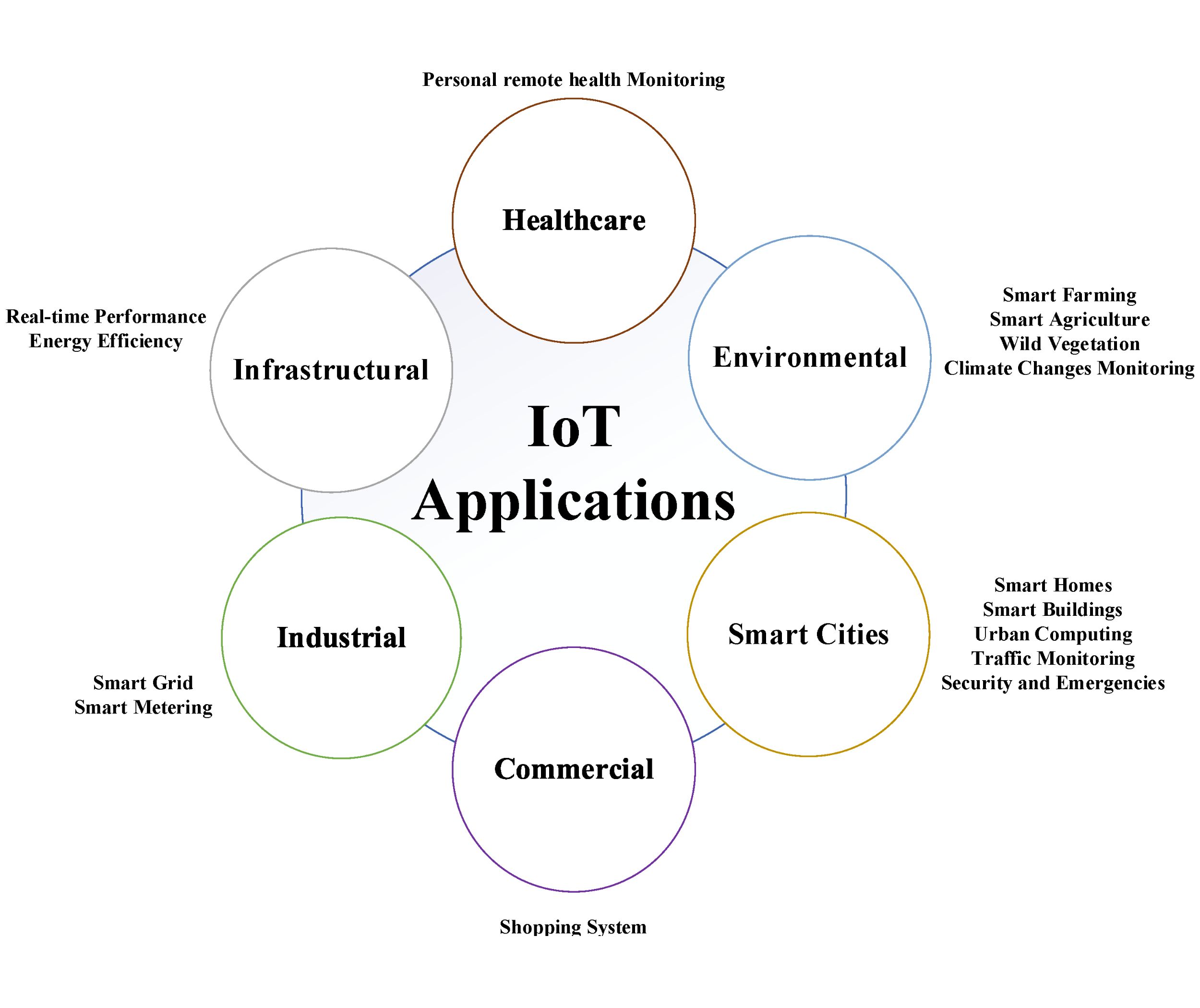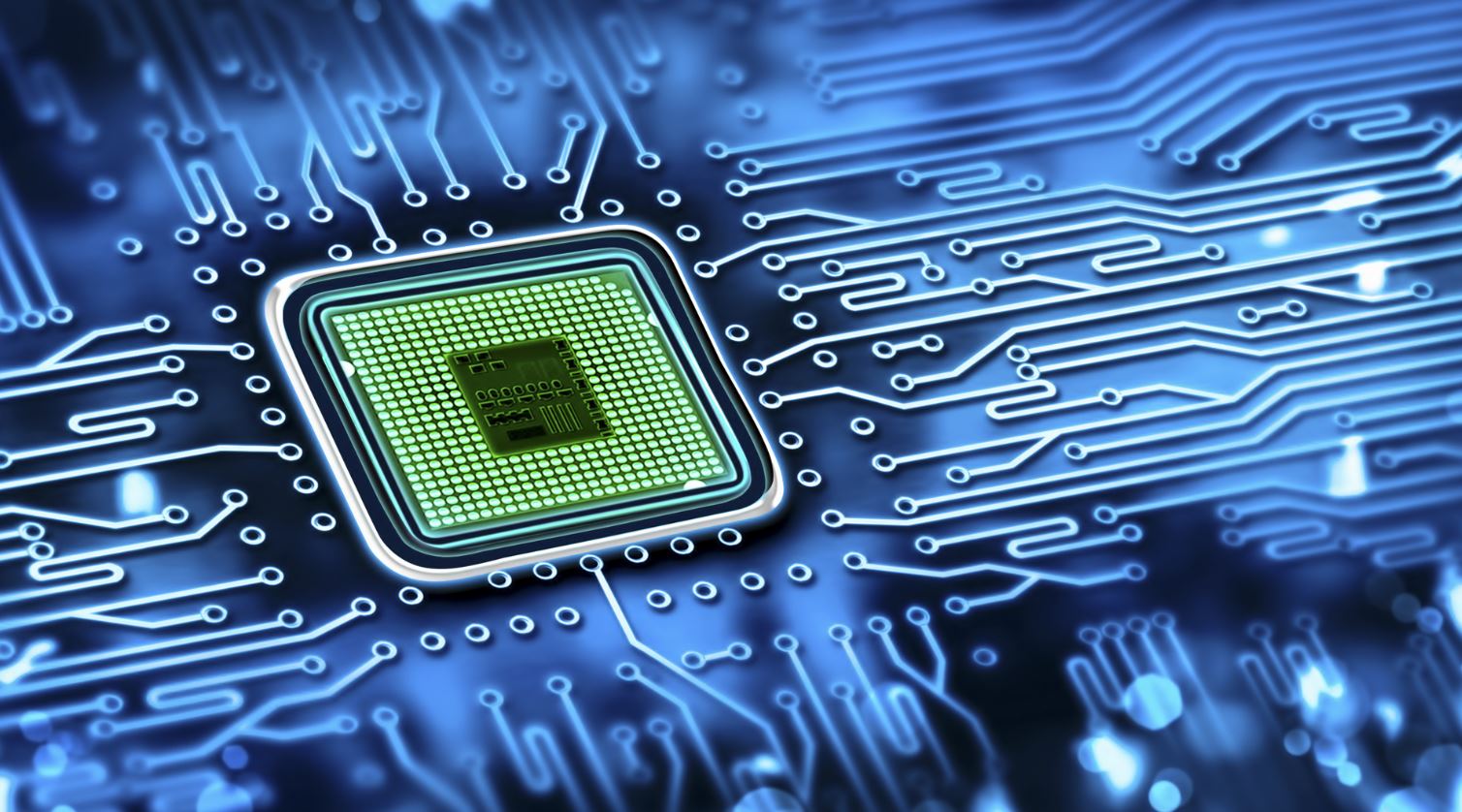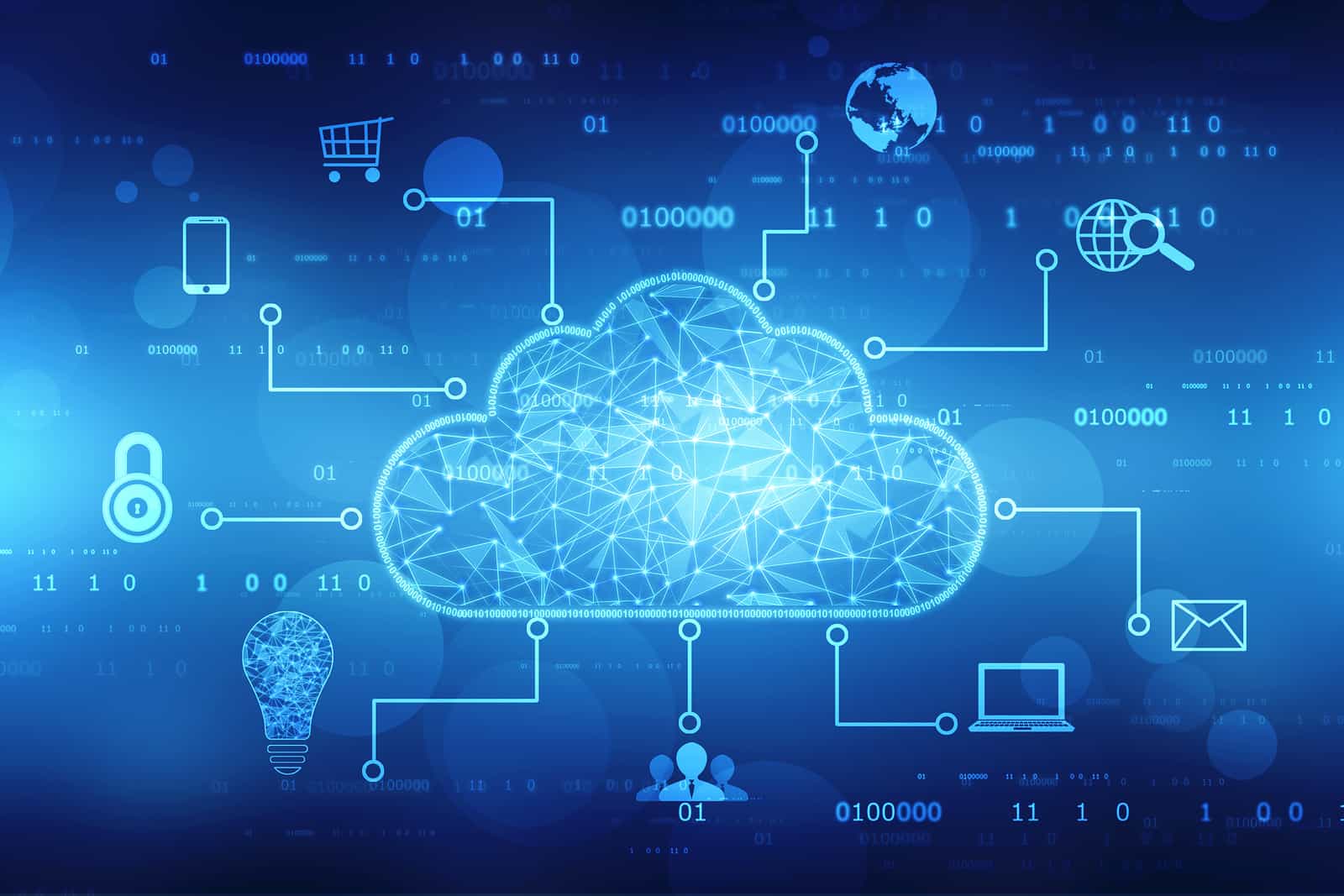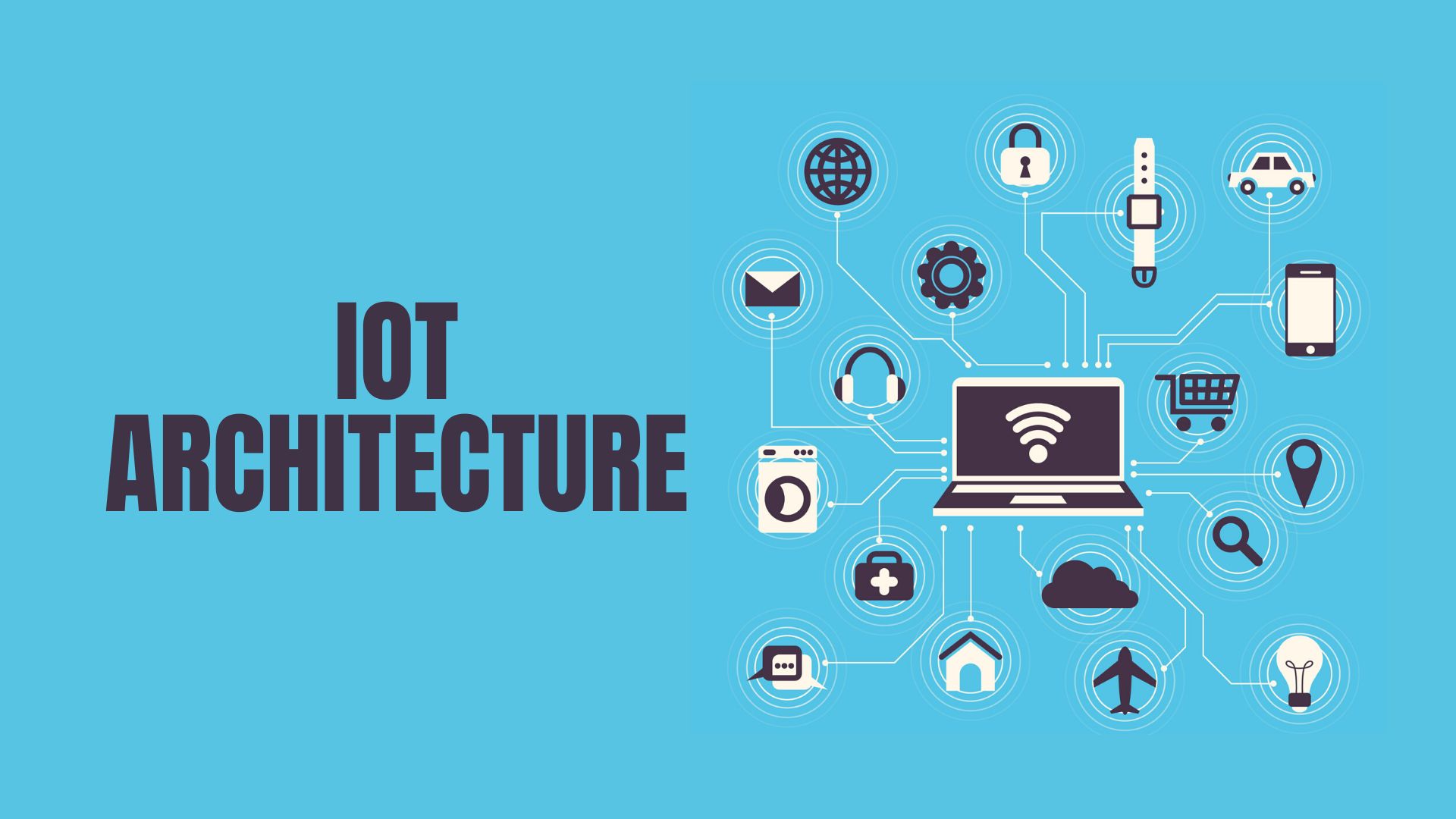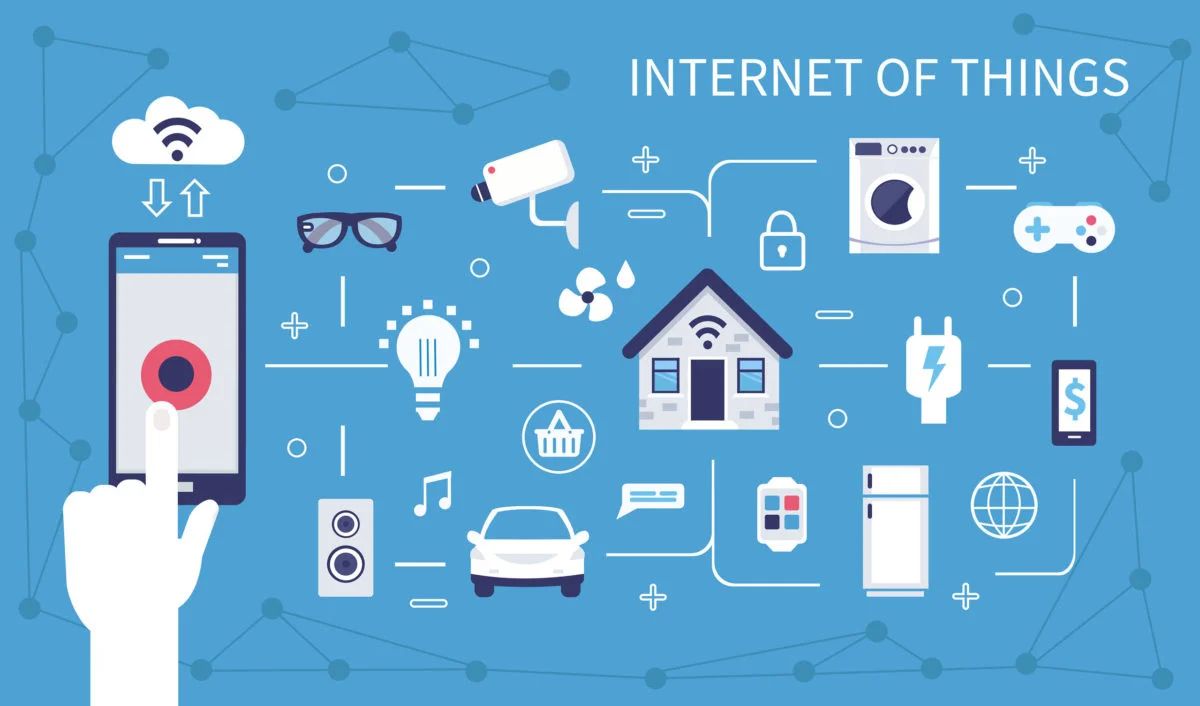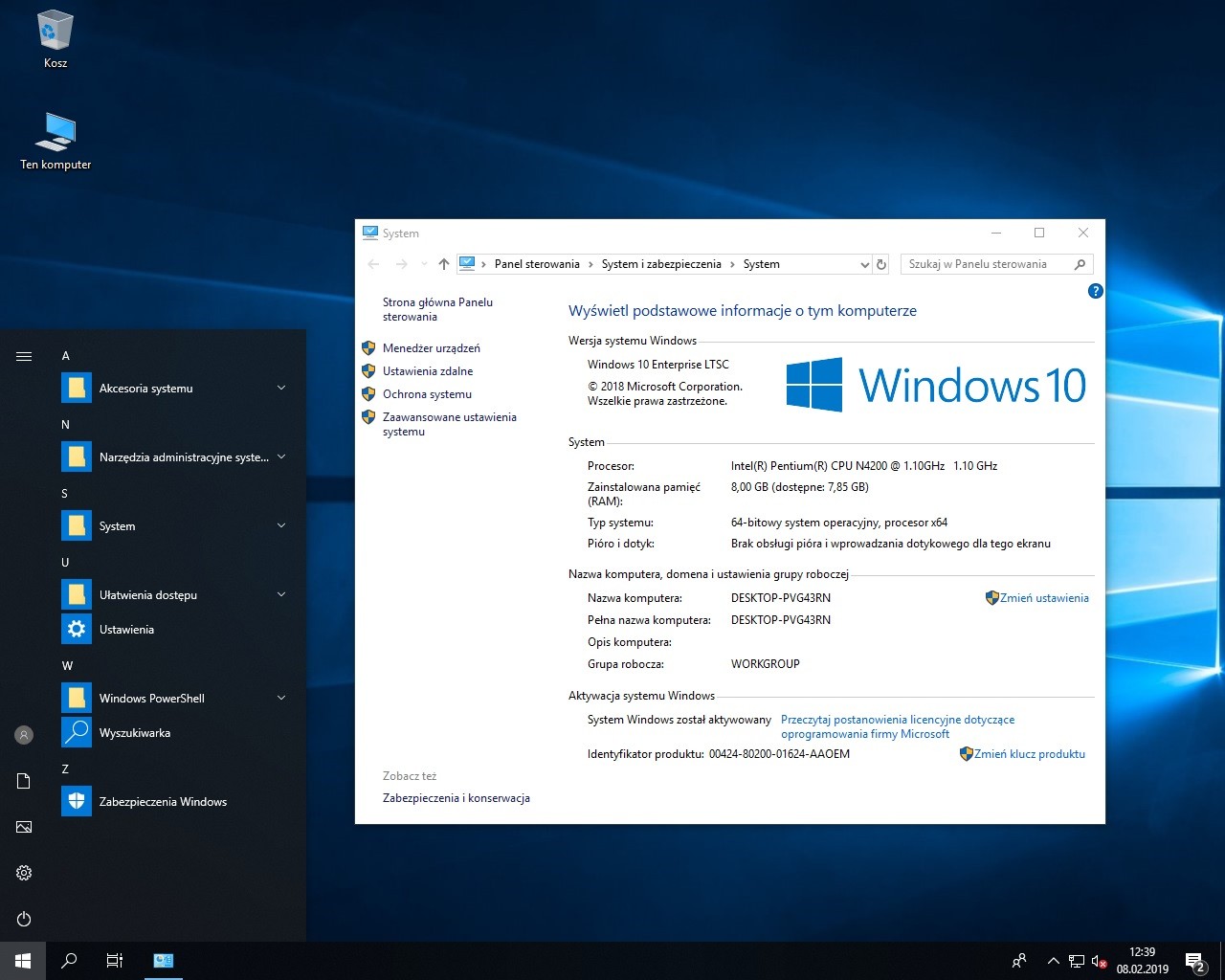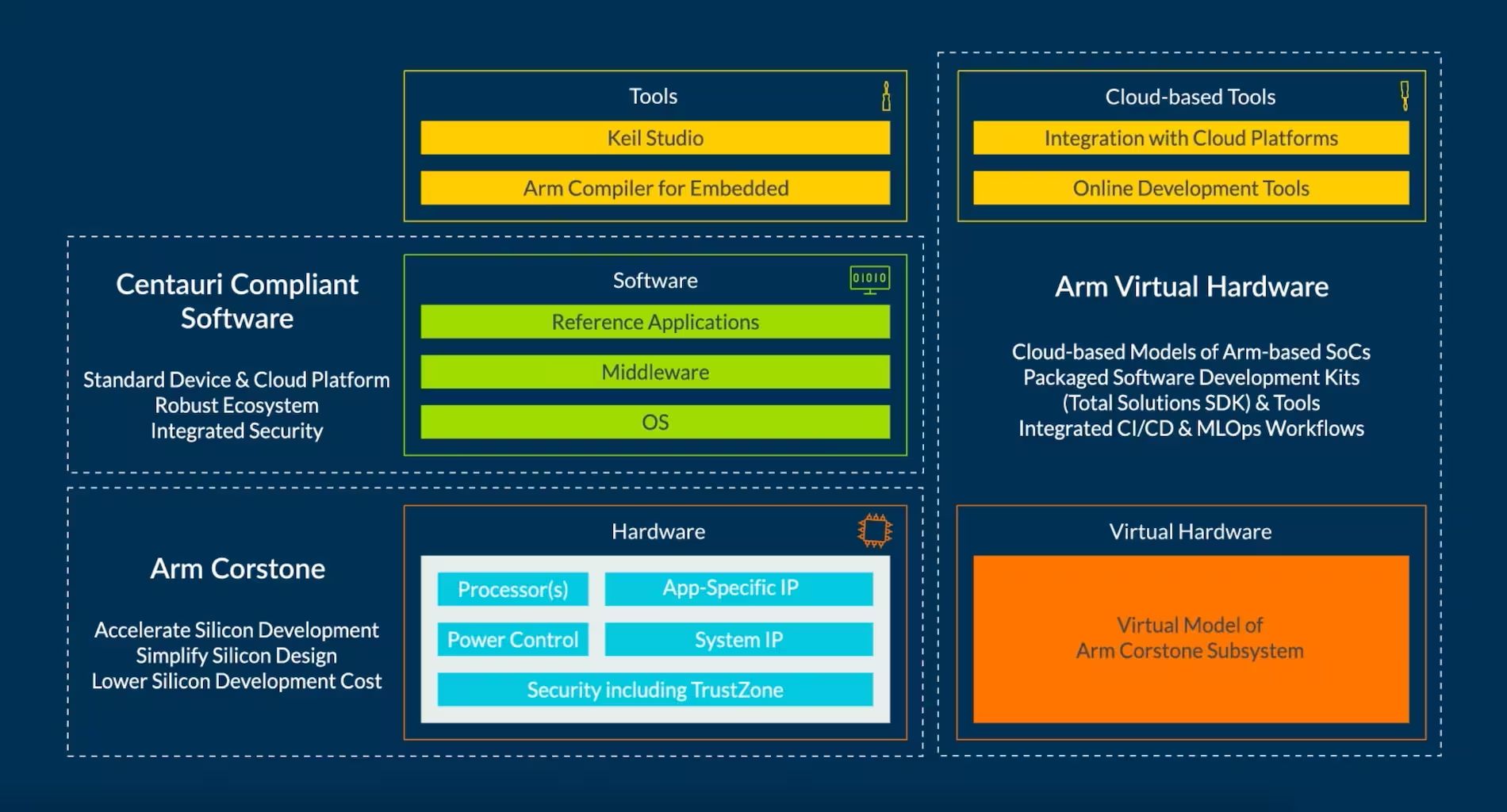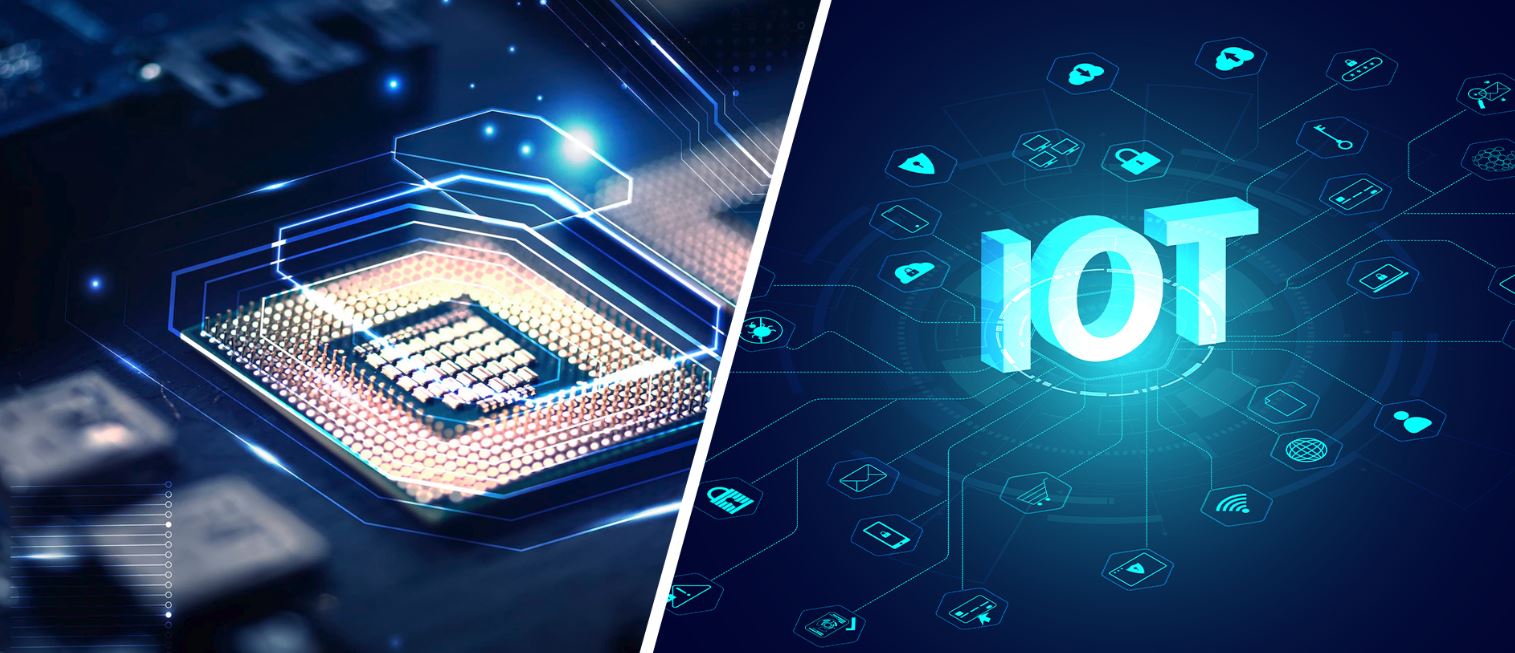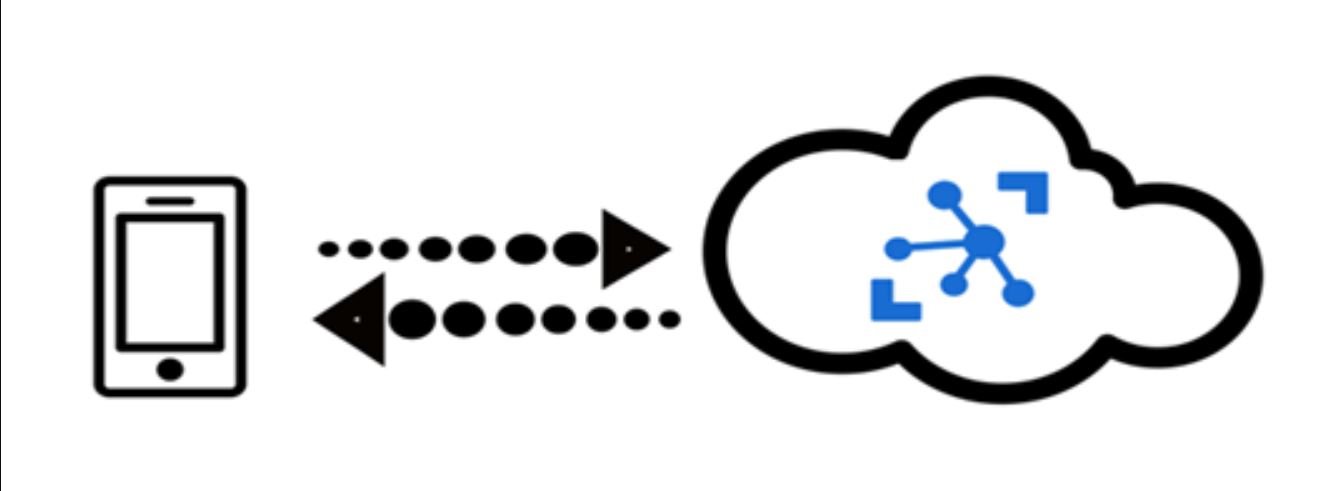Introduction
Welcome to the world of Internet of Things (IoT) applications! In today’s digital age, IoT has emerged as one of the most transformative technologies, revolutionizing the way we live, work, and interact with the world around us. From smart homes and connected cars to industrial automation and healthcare systems, IoT applications have become an integral part of our everyday lives.
But what exactly is an IoT application? In simple terms, it refers to the use of IoT technology to enable communication and connectivity between physical devices. These devices, equipped with sensors and actuators, gather and exchange data, allowing for seamless integration and automation.
The advancements in IoT technology have opened up a world of possibilities, allowing for efficient monitoring, control, and management of various systems. This has paved the way for a multitude of benefits, such as improved efficiency, enhanced productivity, and cost savings.
In this article, we will delve deeper into the world of IoT applications, exploring their definition, the underlying technology, the benefits they offer, and some real-world examples. We will also discuss the challenges that come with implementing IoT applications and how to overcome them.
So, whether you are a tech enthusiast, a business owner, or simply curious about the IoT revolution, read on to discover the fascinating world of IoT applications and how they are shaping our future.
Definition of IoT Application
An IoT application is a software program or solution that leverages the power of the Internet of Things (IoT) technology to enable the collection, analysis, and utilization of data from interconnected devices. These applications facilitate communication and collaboration between various devices, allowing for seamless integration and automation in multiple domains.
The main purpose of an IoT application is to enable the efficient and intelligent utilization of data generated by interconnected devices. It acts as a bridge between the physical world and the digital realm, providing a platform for devices to interact, exchange information, and perform actions based on the data they gather.
IoT applications can be classified into various categories, depending on the domain they serve. Some common examples include:
- Smart Home Applications: These applications enable homeowners to control and automate various aspects of their homes, such as lighting, temperature, security systems, and appliances, using their smartphones or voice assistants.
- Industrial IoT (IIoT) Applications: IIoT applications are used in industries to monitor and optimize processes, improve efficiency, and enable predictive maintenance. This can include applications for asset tracking, remote monitoring, supply chain management, and more.
- Healthcare Applications: IoT applications in healthcare enable remote patient monitoring, wearable devices for tracking health data, and smart healthcare systems that facilitate the efficient management of medical resources.
- Smart City Applications: These applications focus on using IoT technology to improve urban infrastructure, transportation systems, waste management, energy consumption, and enhance the overall quality of life for citizens.
- Agricultural Applications: IoT applications in agriculture can be used to monitor soil moisture levels, automate irrigation systems, track livestock, and optimize farming processes for better yield and resource utilization.
These are just a few examples of the diverse range of IoT applications that exist today. Each application is designed to address specific needs and provide solutions that enhance efficiency, convenience, and improve the overall user experience.
Now that we have established the definition and scope of IoT applications, let’s dive deeper into the underlying technology that powers these innovative solutions.
Overview of IoT Technology
At the heart of IoT applications lies the powerful network of interconnected devices and the underlying technology that enables seamless communication and data exchange. Let’s explore the key components of IoT technology:
- Devices: IoT devices are equipped with sensors, actuators, and connectivity capabilities. These can include smartphones, wearable devices, sensors embedded in appliances, industrial machinery, vehicles, and more. These devices collect and generate data that is transmitted to other devices or a central hub for further analysis and processing.
- Connectivity: IoT relies on various connectivity options such as Wi-Fi, cellular networks, Bluetooth, Zigbee, or LoRaWAN to establish communication links between devices. This enables devices to transmit and receive data, facilitating real-time monitoring and control.
- Data Processing: The massive amount of data generated by IoT devices requires efficient processing and analysis. Edge computing and cloud computing play a crucial role in handling this data. Edge computing involves processing data locally on the device itself, reducing latency and optimizing network bandwidth. Cloud computing provides extensive storage, processing power, and analytical capabilities for large-scale data processing.
- Data Security: As IoT involves the exchange of sensitive data, ensuring the security and privacy of this data is of utmost importance. Encryption, authentication, access control, and robust security protocols are implemented to safeguard IoT systems from cyber threats.
- Data Analytics and Artificial Intelligence (AI): The data collected from IoT devices is often analyzed using advanced analytics techniques and AI algorithms to derive valuable insights, predictions, and optimize decision-making. This enables proactive maintenance, predictive analytics, and automation of processes.
The combination of these technological components enables the seamless flow of data between devices, cloud servers, and analytics platforms, forming the foundation for IoT applications.
Moreover, the advancements in IoT technology have led to the development of low-power connectivity options, such as Narrowband IoT (NB-IoT) and Low-Power Wide Area Networks (LPWAN), which enable long-range, low-cost connectivity for IoT devices. This opens up possibilities for deploying IoT applications in remote areas or environments where power consumption is a critical factor.
With this overview of IoT technology, we can now understand the immense potential and benefits that IoT applications bring to various industries and domains. In the next section, we will explore some of these benefits in detail.
Benefits of IoT Applications
The widespread adoption of IoT applications has brought about numerous benefits across various industries and domains. Let’s explore some of the key advantages:
- Improved Efficiency and Productivity: IoT applications enable automation and optimization of processes, leading to improved efficiency and productivity. By collecting real-time data and providing insights, businesses can make informed decisions, reduce manual intervention, and streamline operations.
- Cost Savings: IoT applications can lead to significant cost savings by optimizing resource utilization, improving energy efficiency, and enabling predictive maintenance. For example, in the manufacturing sector, IoT-enabled predictive maintenance can help avoid costly equipment breakdowns and minimize downtime.
- Enhanced Customer Experience: IoT applications enable personalized and seamless experiences for customers. From smart home systems that allow remote control of appliances to intelligent retail systems that provide personalized recommendations, IoT enhances convenience and satisfaction.
- Improved Safety and Security: IoT applications can enhance safety and security in various domains. For instance, in smart cities, IoT-enabled surveillance systems and real-time monitoring help ensure public safety. In healthcare, wearable devices and remote monitoring systems enable timely response to emergencies.
- Environmental Sustainability: IoT applications contribute to environmental sustainability by optimizing resource utilization, reducing energy consumption, and minimizing wastage. Smart transportation systems, for example, can reduce traffic congestion and emissions, leading to a greener and more sustainable environment.
- Data-Driven Insights: The vast amounts of data generated by IoT devices provide valuable insights for businesses and organizations. By analyzing this data, companies can gain a deeper understanding of customer behavior, market trends, and make data-driven decisions for process improvements and innovation.
These are just a few of the many benefits IoT applications offer. The possibilities for leveraging IoT technology are endless, and its impact on industries, businesses, and society as a whole is continually expanding.
Now that we understand the advantages of IoT applications, let’s explore some real-world examples to see how they are transforming various industries.
Examples of IoT Applications
The implementation of IoT applications spans across multiple industries, revolutionizing the way businesses operate and individuals interact with technology. Let’s explore some real-world examples:
- Smart Home Systems: IoT has transformed the way we manage our homes. From smart thermostats that learn our temperature preferences to voice-controlled virtual assistants that manage lighting and entertainment systems, IoT applications have made our homes smarter and more convenient.
- Industrial Automation: In manufacturing, IoT applications enable real-time monitoring and control of equipment and processes. This improves operational efficiency, reduces downtime, and enables predictive maintenance to ensure uninterrupted production.
- Connected Cars: IoT applications in the automotive industry have led to the development of connected cars. These vehicles are equipped with sensors, connectivity, and software, enabling features such as real-time navigation, vehicle diagnostics, and advanced driver assistance systems.
- Smart Healthcare: IoT applications have revolutionized healthcare by enabling remote patient monitoring, wearable devices for tracking vital signs, and smart healthcare systems that improve the efficiency of medical resource allocation.
- Smart Cities: IoT is transforming cities into smart and sustainable environments. Applications like smart grid systems for efficient energy management, intelligent transportation systems for traffic optimization, and smart waste management systems are improving the quality of urban life.
- Agricultural Monitoring: IoT applications in agriculture enable farmers to monitor and optimize crop growth. Sensors can gather data on soil moisture, temperature, and nutrient levels, enabling precise irrigation and resource management.
These examples are just a glimpse into the vast potential of IoT applications across diverse industries. From transforming the way we live in our homes to optimizing processes in industries, IoT applications continue to drive innovation and bring about positive change.
Despite the numerous benefits, the implementation of IoT applications also comes with its fair share of challenges. Let’s explore some of these challenges in the next section.
Challenges in Implementing IoT Applications
While IoT applications offer immense potential and benefits, their successful implementation can be complex and challenging. Here are some of the key challenges that organizations and developers face:
- Security and Privacy: Ensuring the security and privacy of IoT systems is crucial. With a wide range of connected devices and the transfer of sensitive data, there is a constant need for robust security measures to protect against unauthorized access, data breaches, and cyberattacks.
- Interoperability: The interoperability of different IoT devices and platforms is essential for seamless communication and collaboration. However, the lack of universal standards and compatibility can hinder integration and data sharing between devices from different manufacturers.
- Scalability: As the number of IoT devices and applications grows, scalability becomes a significant challenge. Managing a large number of devices, ensuring reliable connectivity, and handling massive amounts of data require efficient infrastructure and architecture.
- Data Management and Analytics: IoT applications generate huge volumes of data, which needs to be processed, stored, and analyzed effectively. This requires robust data management practices, advanced analytics tools, and scalable infrastructure to derive meaningful insights and actionable information.
- Power Consumption: Many IoT devices are battery-powered, and optimizing power consumption is crucial for their longevity and uninterrupted operation. Device and connectivity technologies need to be energy-efficient to ensure long-lasting and sustainable IoT implementations.
- Cost and Return on Investment (ROI): Implementing IoT applications can involve significant investments in infrastructure, devices, and maintenance. Achieving a favorable ROI can be challenging, especially for smaller businesses or organizations with limited resources.
Overcoming these challenges requires collaboration, innovation, and a comprehensive approach to IoT implementation. Industry initiatives, standardization efforts, and advancements in technology will play a crucial role in addressing these challenges and driving the growth of IoT applications.
Now that we have explored the challenges, let’s summarize the key points and reflect on the significance of IoT applications in shaping our future.
Conclusion
Internet of Things (IoT) applications have indeed revolutionized the way we interact with technology and have immense potential to transform industries and improve our lives. From smart homes and connected cars to industrial automation and healthcare systems, IoT applications have become an integral part of our everyday lives.
Defined as software solutions that leverage IoT technology, these applications enable seamless communication and data exchange between interconnected devices. They offer a wide range of benefits, including improved efficiency, cost savings, enhanced customer experience, and environmental sustainability.
With the advancements in IoT technology, we have witnessed the proliferation of various applications across diverse industries. Smart home systems, industrial automation, connected cars, smart healthcare, smart cities, and agricultural monitoring are just a few examples of how IoT is transforming different sectors.
However, implementing IoT applications is not without its challenges. Security and privacy concerns, interoperability, scalability, data management, power consumption, and cost management are key areas that need to be addressed for successful IoT deployments.
Despite these challenges, the future of IoT applications is promising. Collaborative efforts between industry leaders, advancements in technology, and the adoption of standardized protocols will drive innovation and overcome obstacles. Businesses and organizations that embrace IoT applications will gain a competitive edge, improve operational efficiency, and unlock new opportunities for growth.
As we move forward, it is essential to continue exploring the possibilities offered by IoT applications and find innovative ways to leverage this technology for the betterment of society. The potential for connectivity, automation, and intelligent decision-making is limitless, and IoT applications will continue to shape our future in remarkable ways.







